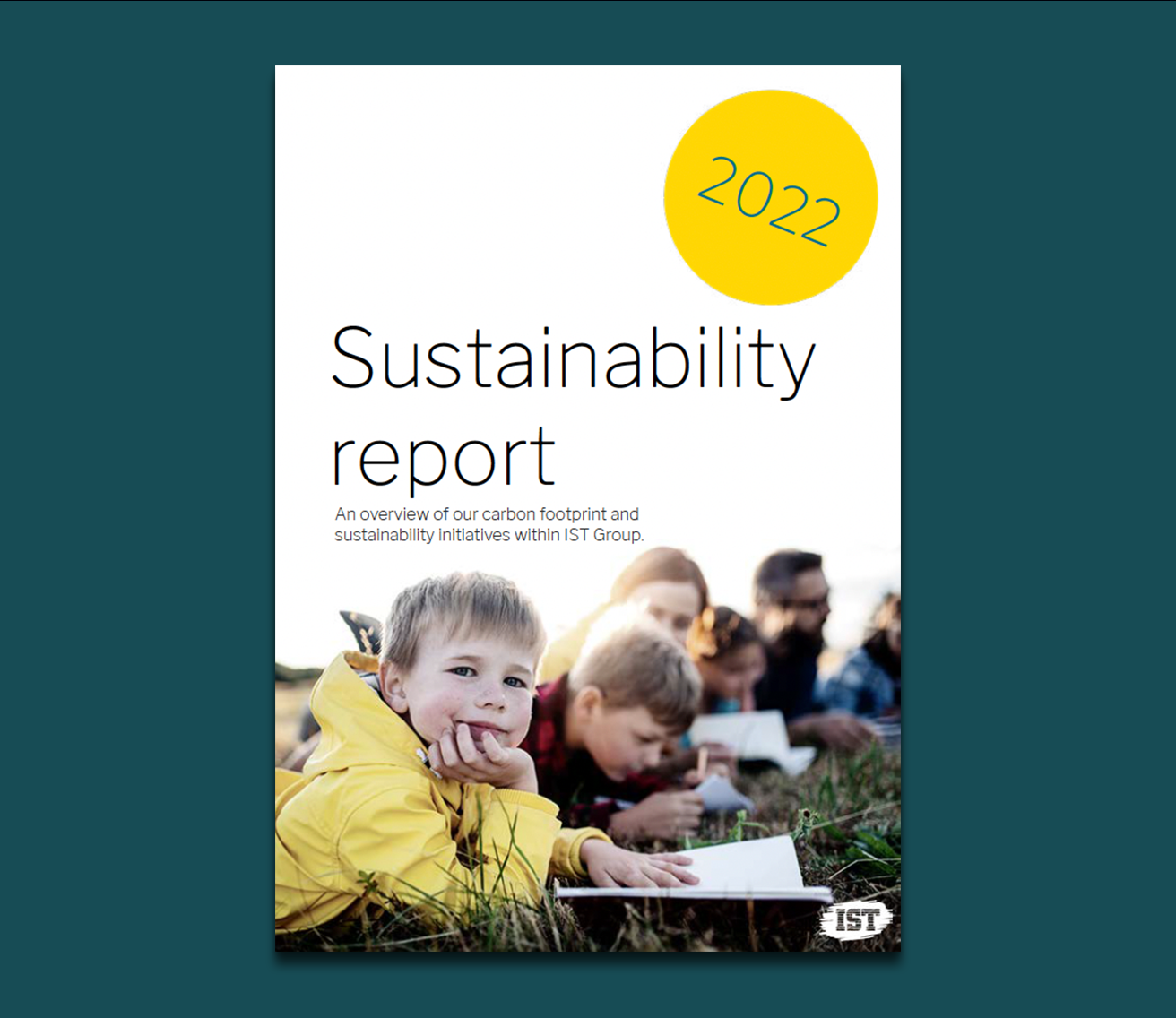At IST we strive for people to learn more, every day. This goes for everything we do, and during this time with the Corona crisis it seems like we – now more than ever – need to help each other to learn more.
Many professions are making a heroic effort to help make this “state of emergency” we are experiencing as normal as possible, especially for all our young and hopefuls. Of particular interest to us is, of course, the teachers.
We have a lot of contact with teachers at IST and we are very impressed by the way they handle the situation. Together, we hope to make the best out of an impossible situation in order to allow our children to learn more.
With schools being closed in three out of the four countries in which IST operates, and high schools closed in the fourth, we want to tell the stories of these everyday heroes – the teachers. They were encouraged to share how they cope with the situation. Perhaps we can learn from each other and be inspired across countries.
In Norway, we talked to Liv Elisabeth, who teaches the 4th grade in a Norwegian public primary school in Nittedal.

What are your greatest challenges regarding teaching remotely?
In a regular class, there is usually a great deal of variation in how much help and support the students have at home. Now that all daily teaching is going to take place online, it is important to keep this in mind so that as many people as possible can master the tasks they are given. In my team, we have chosen to use the learning platform that the students are most familiar with. The first week there was a lot of frustration for both students and parents, but also for teachers because of too much pressure on the system and everything froze. In addition, most parents know little about the tool.
Based on these problems, we chose to send daily schedules and relevant URLs that the students should work with via the municipality’s dialogue tool between home and school. That way, students did not become so dependent on just using the learning platform to work.
The fact that students submit student assignments and can tick off work done directly in the learning platform gives us teachers a good overview of how students work. To get students to read every day, we use Lesemesteren.no and Aftenposten Jr., both of which have unlocked their websites. At Lesemesteren.no, teachers can go in to see what each student is reading, just as we can check the students through MultiSmart Øving in Mathematics.
All of these are useful tools for us as teachers.
How do you keep in touch with the students?
At the end of the first week of distance learning, I saw that not all the students had been on all the learning platforms. I then contacted all the parents, asking for the students’ phone numbers. After talking to each one on the phone, I could help the students further so that they got the help they needed to get them where I wanted. In addition, I created a class chat so everyone can talk to each other. In addition, I created a class chat so everyone can talk to each other. There are also new guidelines from the municipality that states teachers should talk to their students at least once a week, and “meet” once a day through, for example, Zoom.
Do you think the digital infrastructure is in place to teach remotely?
Our students are familiar with using the current learning platform, so we chose to continue using it.
The lack of digital equipment in school (there aren’t enough PCs or iPads) prevents us from being able to utilize the digital infrastructure in our everyday school life. This leads to the digital skills of the students also being different based on their different home conditions.
To address this, the school investigated what equipment the students had at home, if they could access PCs and iPads. The families who needed it could borrow iPads and take them home.
Otherwise, some teachers try to use Zoom during the students’ lunch break, so the students can see each other. In my class, we eat lunch together on Zoom. It’s great to see each other, and I also prepare a little quiz or game to add to the sense of community.
There have been a few days with a steep learning curve for everyone now – for students, teachers and parents!
What is your biggest concern regarding children actually learning something?
I am most concerned about the students who have extra challenges in a regular school day, whether academically or socially. These are children who need extra support on a daily basis, and who now do not receive it from us teachers. I try to adapt the lessons as best I can to those who need it.
I know that there is a great deal of pressure in many families – especially in families with many children and where perhaps both parents have socially critical tasks. It is important not to put too much of a burden on these families, so that not everything related to school becomes related to stress! There is a big difference between self-motivated children and those who are not!
Every student learns a lot now, just in new ways! I think it is important that teachers perhaps lower their expectations in relation to the pupils’ performance during this period and also focus on contributing to their mental health.




